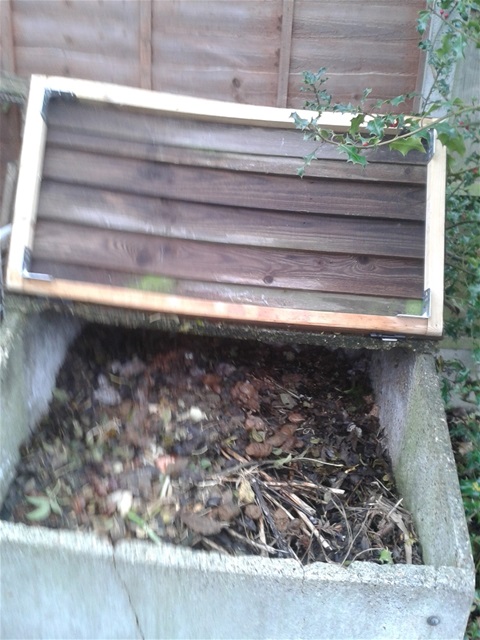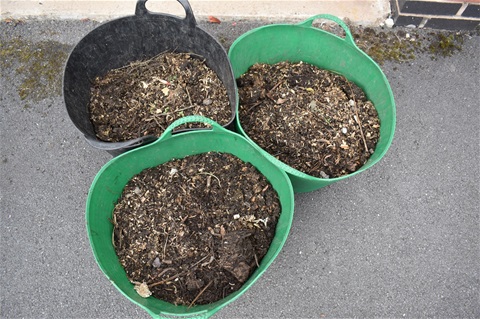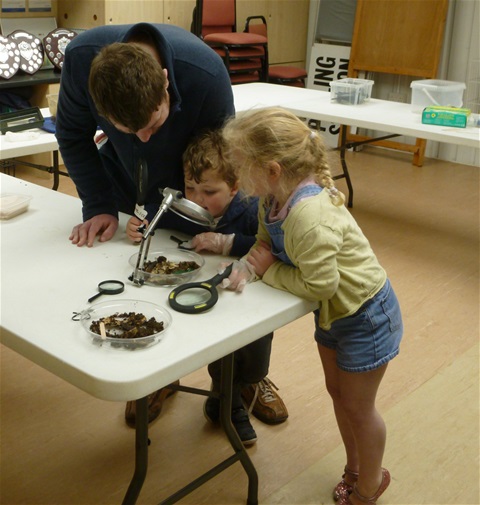Overheating in Compost heaps has been identified by some for as a possible cause of recent fires resulting from climate change It is true that spontaneous combustion can occur in agricultural and horticultural situations e.g., haystacks
and large compost piles. It can also occur, very rarely, in domestic compost heaps.
In the UK most domestic composters use compost bins, rather than piles and the heat inside a compost bin can become hotter than in an open compost
pile as the bin will retain some of the heat generated by the composting process that will be lost to the atmosphere in an open pile. If the compost bin is stored in direct sunlight the temperature will be increased.
If fresh “greens”
e.g., grass, are added to the bin the heat generated can be significant and ignition may occur if dry material is added and not mixed or watered. The Mail online, in July 2022, reported such a case where a bin fire damaged a
house, and it was said by a fire officer that grass cuttings had heated up during hot weather to such an extent that the compost self-combusted.
Spontaneous Composting in composting can occur at temperatures of 1500C
- 2000C which may result in a smouldering fire, this can become to a traditional flaming fire if oxygen is introduced by aeration.
However, the risks are very small in most domestic composting using cold composting
systems as the temperatures are normally at, or near, ambient.
Higher temperatures are necessary to destroy pathogens and weed seeds and “Hot composting” systems are designed to produce and hold the temperatures at 40-600C
with temperatures of 760C often reached for short periods.
“Smoke” can often be seen rising from a compost heap, but this is actually not smoke, but water vapor and the compost is not smouldering.
The measures necessary to reduce the risk are simply good management and good composting. Keep the bin contents moist adding water when turning, adding additional materials and in hot weather.


